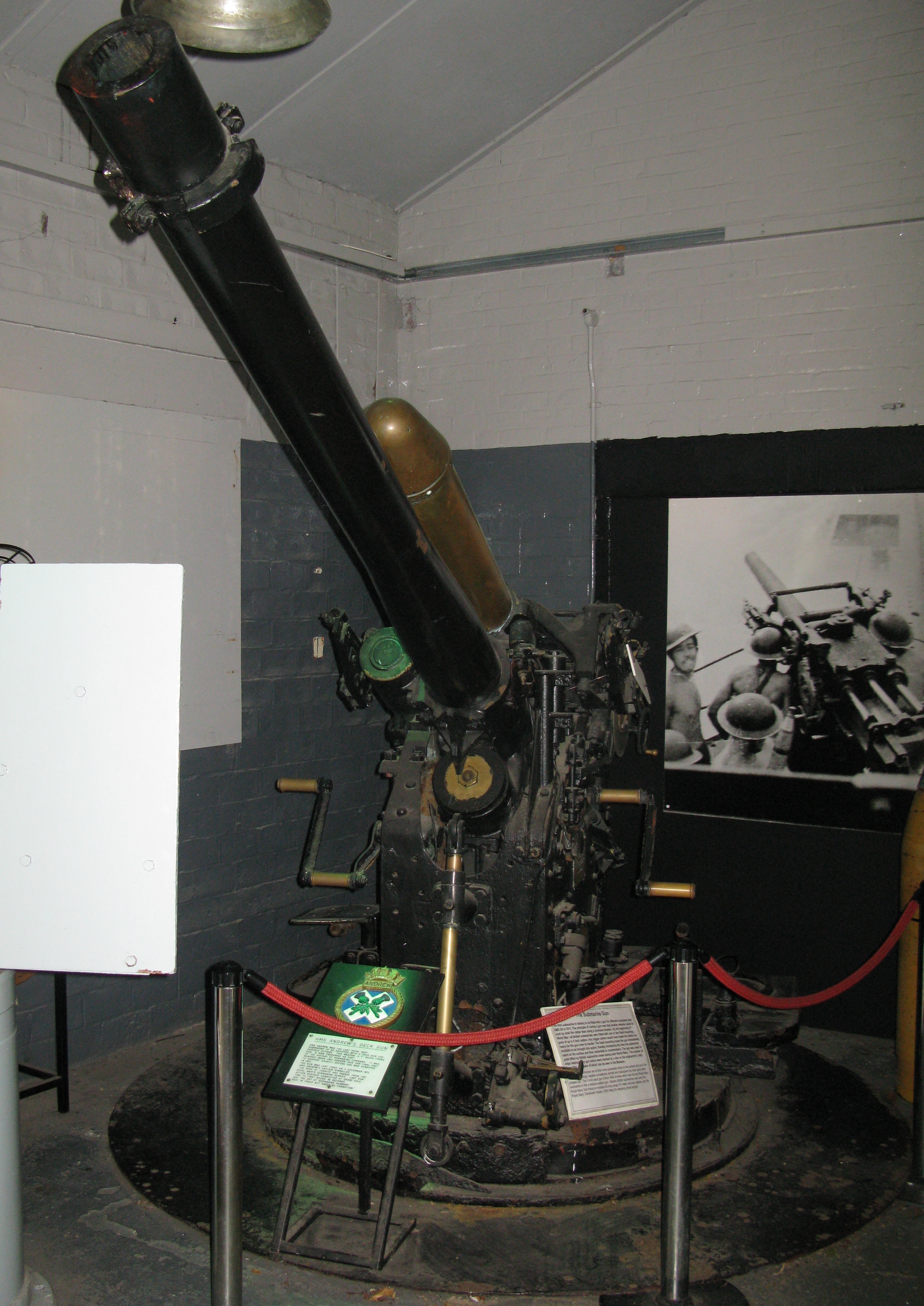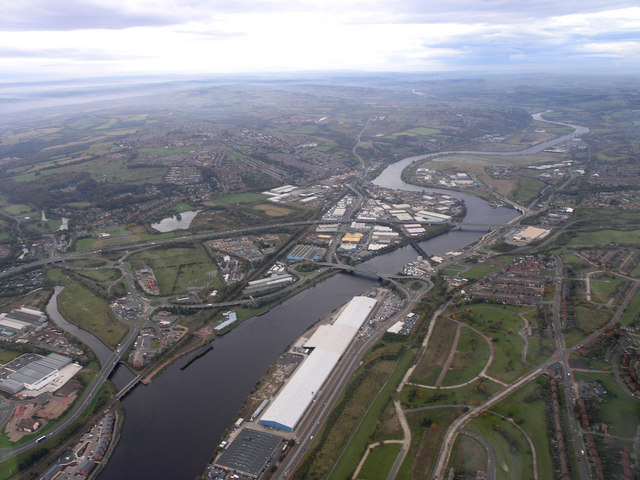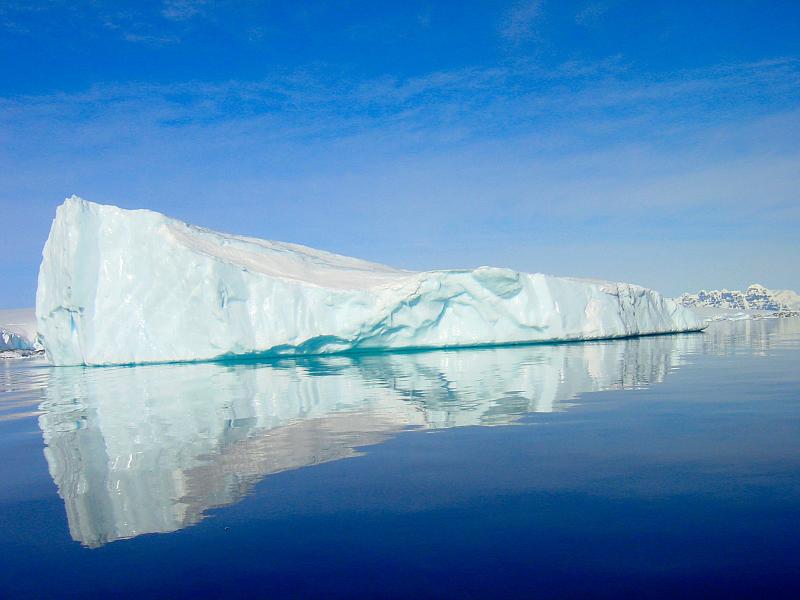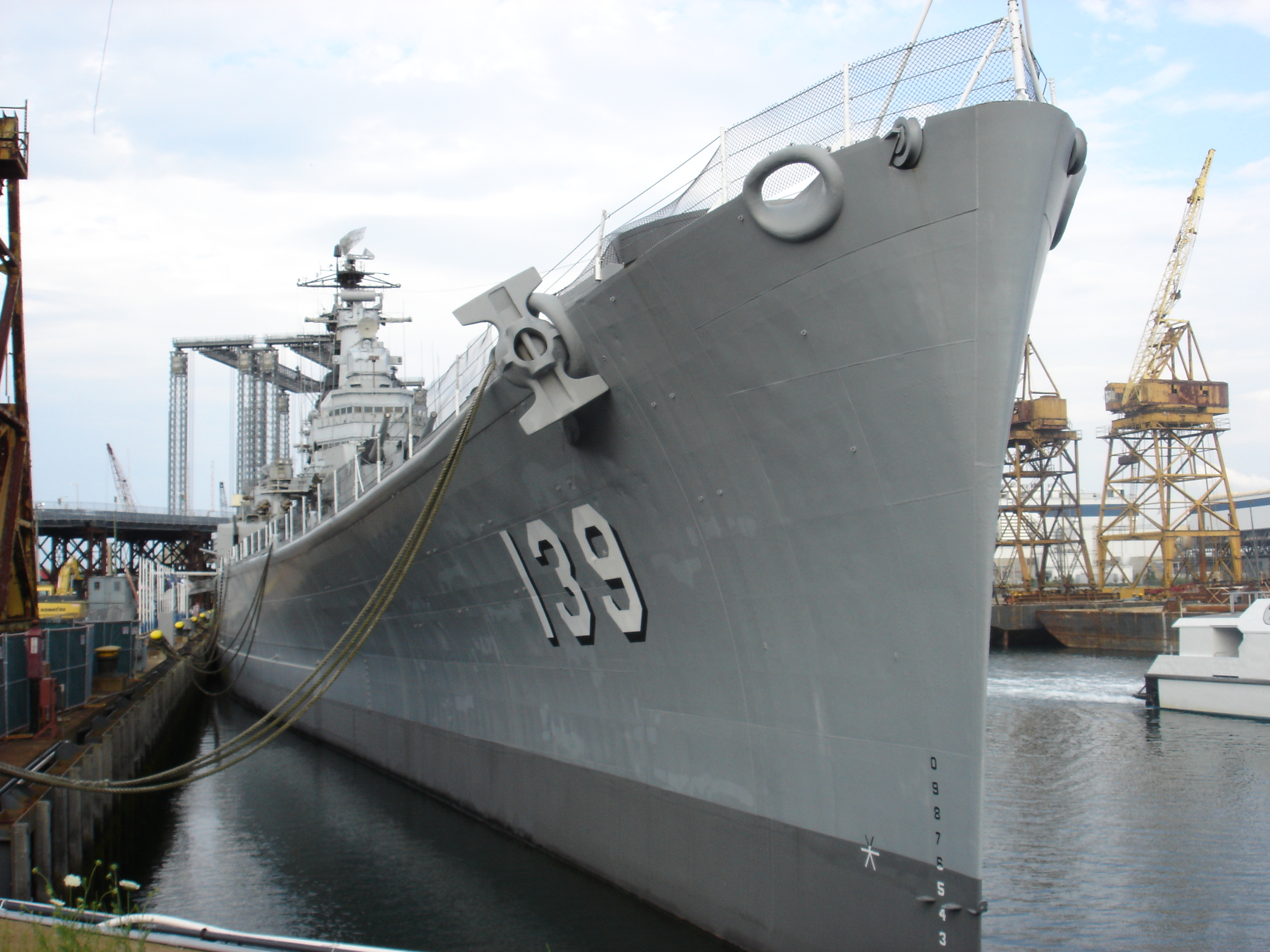|
HMS Andrew (P423)
HMS ''Andrew'' (P423/S23/S63), was an of the Royal Navy, built by Vickers Armstrong and launched on 6 April 1946. The submarine was fitted with a deck gun in 1964 for service during the Indonesia–Malaysia confrontation to counter blockade-running junks. The gun was fired for the last time in December 1974. She was sold off in 1977 and was broken up. ''Andrew'' was briefly the oldest ''Amphion''-class submarine to remain in service, was the last British submarine with a deck gun, was the last British World War II-designed submarine in service, and was the first submarine to use a " snort" to cross the Atlantic (in May 1953). Design Like all Amphion-class submarines, ''Andrew'' had a displacement of when at the surface and while submerged. It had a total length of , a beam of , and a draught of . The submarine was powered by two Admiralty ML eight-cylinder diesel engines generating a power of each. It also contained four electric motors each producing that drove two ... [...More Info...] [...Related Items...] OR: [Wikipedia] [Google] [Baidu] |
Vickers Armstrong
Vickers-Armstrongs Limited was a British engineering conglomerate formed by the merger of the assets of Vickers Limited and Sir W G Armstrong Whitworth & Company in 1927. The majority of the company was nationalised in the 1960s and 1970s, with the remainder being divested as Vickers plc in 1977. History Vickers merged with the Tyneside-based engineering company Armstrong Whitworth, founded by William Armstrong, to become Vickers-Armstrongs. Armstrong Whitworth and Vickers had developed along similar lines, expanding into various military sectors and produced a whole suite of military products. Armstrong Whitworth were notable for their artillery manufacture at Elswick and shipbuilding at a yard at High Walker on the River Tyne. 1929 saw the merger of the acquired railway business with those of Cammell Laird to form Metropolitan Cammell Carriage and Wagon (MCCW); Metro Cammell. In 1935, before rearmament began, Vickers-Armstrongs was the third-largest manufacturing e ... [...More Info...] [...Related Items...] OR: [Wikipedia] [Google] [Baidu] |
Submarine Snorkel
A submarine snorkel is a device which allows a submarine to operate submerged while still taking in air from above the surface. British Royal Navy personnel often refer to it as the snort. A concept devised by Dutch engineers, it was widely used on German U-boats during the last year of World War II and known to them as a ''Schnorchel''. History Until the advent of nuclear power, submarines were designed to operate on the surface most of the time and submerge only for evasion or for daylight attacks. Until the widespread use of radar after 1940, at night a submarine was safer on the surface than submerged, because sonar could detect boats underwater but was almost useless against a surface vessel. However, with continued radar improvement as the war progressed, submarines (notably, the German U-boats in the Battle of the Atlantic) were forced to spend more time underwater, running on electric motors that gave speeds of only a few knots and very limited range. An early subma ... [...More Info...] [...Related Items...] OR: [Wikipedia] [Google] [Baidu] |
Cold War Submarines Of The United Kingdom
Cold is the presence of low temperature, especially in the atmosphere. In common usage, cold is often a subjective perception. A lower bound to temperature is absolute zero, defined as 0.00K on the Kelvin scale, an absolute thermodynamic temperature scale. This corresponds to on the Celsius scale, on the Fahrenheit scale, and on the Rankine scale. Since temperature relates to the thermal energy held by an object or a sample of matter, which is the kinetic energy of the random motion of the particle constituents of matter, an object will have less thermal energy when it is colder and more when it is hotter. If it were possible to cool a system to absolute zero, all motion of the particles in a sample of matter would cease and they would be at complete rest in the classical sense. The object could be described as having zero thermal energy. Microscopically in the description of quantum mechanics, however, matter still has zero-point energy even at absolute zero ... [...More Info...] [...Related Items...] OR: [Wikipedia] [Google] [Baidu] |
On The Beach (1959 Film)
''On the Beach'' is a 1959 American post-apocalyptic science fiction drama film from United Artists, produced and directed by Stanley Kramer, that stars Gregory Peck, Ava Gardner, Fred Astaire, and Anthony Perkins.Mitchell 2001, pp. 177–183. This black-and-white film is based on Nevil Shute's 1957 novel of the same name depicting the aftermath of a nuclear war.Weave2011, pp. 62–71./ref> Unlike in the novel, no one is assigned blame for starting the war; the film hints that global annihilation may have arisen from an accident or misjudgment. Plot In 1964, World War III devastated the Northern Hemisphere, killing all humans there due to nuclear fallout. The only habitable areas are in the far reaches of the Southern Hemisphere, but air currents are slowly carrying the fallout south. Australian survivors detect an incomprehensible Morse code signal coming from the West Coast of the United States. The American nuclear submarine USS ''Sawfish'', now under Royal Australian ... [...More Info...] [...Related Items...] OR: [Wikipedia] [Google] [Baidu] |
Stanley Kramer
Stanley Earl Kramer (September 29, 1913February 19, 2001) was an American film director and producer, responsible for making many of Hollywood's most famous " message films" (he would call his movies ''heavy dramas'') and a liberal movie icon.Film-maker Stanley Kramer dies a February 2001 BBC obituary As an independent producer and director, he brought attention to topical social issues that most studios avoided. Among the subjects covered in his films were racism (in '' The Defiant Ones'' and '' Guess Who's Coming to Dinner''), ... [...More Info...] [...Related Items...] OR: [Wikipedia] [Google] [Baidu] |
United States Navy
The United States Navy (USN) is the maritime service branch of the United States Armed Forces and one of the eight uniformed services of the United States. It is the largest and most powerful navy in the world, with the estimated tonnage of its active battle fleet alone exceeding the next 13 navies combined, including 11 allies or partner nations of the United States as of 2015. It has the highest combined battle fleet tonnage (4,635,628 tonnes as of 2019) and the world's largest aircraft carrier fleet, with eleven in service, two new carriers under construction, and five other carriers planned. With 336,978 personnel on active duty and 101,583 in the Ready Reserve, the United States Navy is the third largest of the United States military service branches in terms of personnel. It has 290 deployable combat vessels and more than 2,623 operational aircraft . The United States Navy traces its origins to the Continental Navy, which was established during the American Re ... [...More Info...] [...Related Items...] OR: [Wikipedia] [Google] [Baidu] |
Royal Canadian Navy
The Royal Canadian Navy (RCN; french: Marine royale canadienne, ''MRC'') is the naval force of Canada. The RCN is one of three environmental commands within the Canadian Armed Forces. As of 2021, the RCN operates 12 frigates, four attack submarines, 12 coastal defence vessels, eight patrol class training vessels, two offshore patrol vessels, and several auxiliary vessels. The RCN consists of 8,570 Regular Force and 4,111 Primary Reserve sailors, supported by 3,800 civilians. Vice-Admiral Angus Topshee is the current commander of the Royal Canadian Navy and chief of the Naval Staff. Founded in 1910 as the Naval Service of Canada (French: ''Service naval du Canada'') and given royal sanction on 29 August 1911, the RCN was amalgamated with the Royal Canadian Air Force and the Canadian Army to form the unified Canadian Armed Forces in 1968, after which it was known as Maritime Command (French: ''Commandement maritime'') until 2011. In 2011, its historical title of "Royal Can ... [...More Info...] [...Related Items...] OR: [Wikipedia] [Google] [Baidu] |
Bow (ship)
The bow () is the forward part of the hull of a ship or boat, the point that is usually most forward when the vessel is underway. The aft end of the boat is the stern. Prow may be used as a synonym for bow or it may mean the forward-most part of the bow above the waterline. Function A ship's bow should be designed to enable the hull to pass efficiently through the water. Bow shapes vary according to the speed of the boat, the seas or waterways being navigated, and the vessel's function. Where sea conditions are likely to promote pitching, it is useful if the bow provides reserve buoyancy; a flared bow (a raked stem with flared topsides) is ideal to reduce the amount of water shipped over the bow. Ideally, the bow should reduce the resistance and should be tall enough to prevent water from regularly washing over the top of it. Large commercial barges on inland waterways rarely meet big waves and may have remarkably little freeboard at the bow, whereas fast military ve ... [...More Info...] [...Related Items...] OR: [Wikipedia] [Google] [Baidu] |
Vickers Machine Gun
The Vickers machine gun or Vickers gun is a water-cooled .303 British (7.7 mm) machine gun produced by Vickers Limited, originally for the British Army. The gun was operated by a three-man crew but typically required more men to move and operate it: one fired, one fed the ammunition, the others helped to carry the weapon, its ammunition, and spare parts. It was in service from before the First World War until the 1960s, with air-cooled versions of it on many Allied World War I fighter aircraft. The weapon had a reputation for great solidity and reliability. Ian V. Hogg, in ''Weapons & War Machines'', describes an action that took place in August 1916, during which the British 100th Company of the Machine Gun Corps fired their ten Vickers guns to deliver sustained fire for twelve hours. Using 100 barrels, they fired a million rounds without breakdowns. "It was this absolute foolproof reliability which endeared the Vickers to every British soldier who ever fired one. It ... [...More Info...] [...Related Items...] OR: [Wikipedia] [Google] [Baidu] |
QF 4 Inch Naval Gun Mk XXIII
The QF 4-inch gun Mark XXIII was introduced in late 1945 as a deck gun for Royal Navy submarines. It was the last type of gun to be fitted to British submarines, finally being retired in 1974. Development and service Development of the Mark XXIII began in 1942, as a lighter replacement for the QF 4-inch gun Mark XXII, which was based on a gun introduced in 1911. It was too late to see service in World War II, but was fitted to ''Amphion''-class submarines that completed after October 1945. It was also fitted to some T-class submarines. Between 1955 and the early 1960s, the ''Amphion''-class boats were modernised with new streamlined conning towers and casings. This work included the removal of the deck gun, although the underlying supports for the gun mountings were retained in case they were required. This facility was put to use during the British involvement in the Indonesia–Malaysia confrontation from 1962 to 1966, when the flotilla of ''Amphion''-class submarines whi ... [...More Info...] [...Related Items...] OR: [Wikipedia] [Google] [Baidu] |







.jpg)